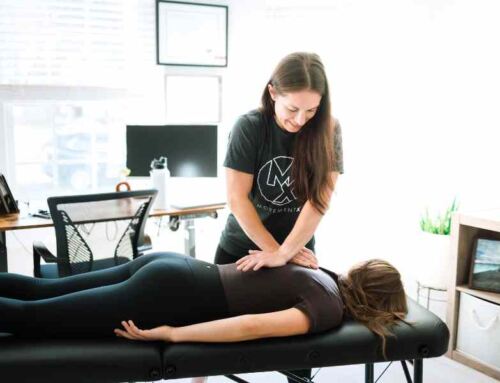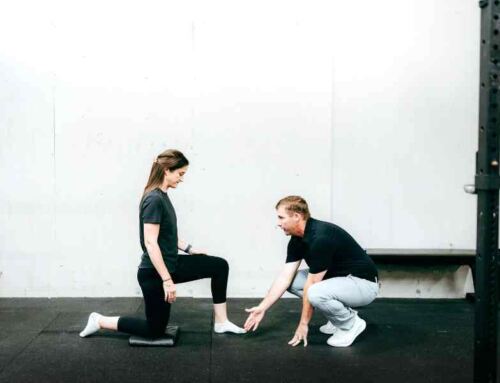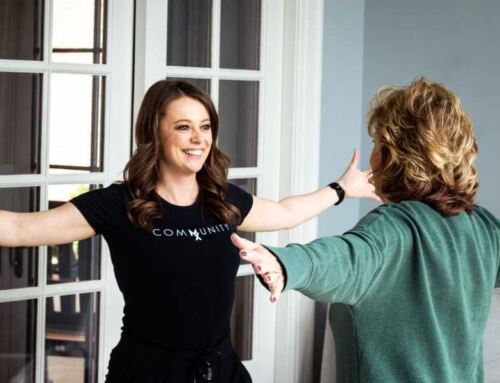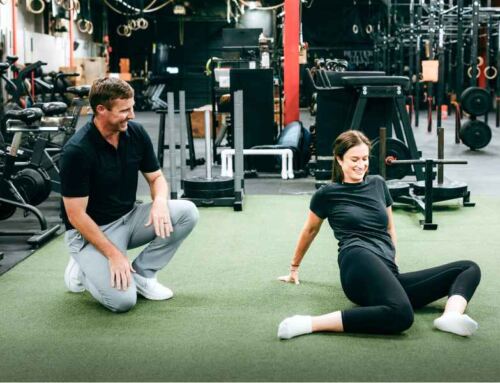So, you’ve been working toward increasing your mobility into thoracic and hip rotation to level up your golf game, and you’re starting to notice dramatic improvements (because you read Part 1 of this series).
Now it’s time to focus on creating power through that range of motion. Without strength and power in these directions, your body tends to lose that mobility.
And when it comes to rotational power, it’s basically a “use it or lose it” scenario.
Now, there’s a huge debate in golf about the benefits and potential negative consequences of weight training (just look at Tiger Woods).
In my experience, I’ve only seen benefits in my clients when it comes to strength and power development. It helps prevent pain and alleviate the breakdown of the musculoskeletal system that comes with repeated, high speed swings.
It also increases club speed which has been the clearest indicator of distance off the tee.
If you’ve already found that you have plenty of range of motion in your thoracic spine and hips (I give tips on how to assess that in Part 1 of this series) a generalized strength program will be sufficient for you and your golf game.
A general strength program should include things like squats lunges, deadlifts, bench press, and bent rows.
But, if you found that you were lacking thoracic rotation or hip rotation, it’s key that you add load to those movements.
If you don’t strengthen through new ranges of motion and just continue to stretch, we lose our ability to move in that way.
Here are 3 of my favorite power based rotational drills. Adding these to your movement programming will help you to maintain your rotational range of motion, prevent breakdown, and compensation during your swings.
Let’s keep you on the course instead of on my treatment table (though you’re always welcome)!
1. Medicine Ball Horizontal Rotational Throws
The emphasis should be on rotating your hips and trunk to face the wall and generate as much range of motion and power with the movement as possible.
This is your chance as a golfer to not have to worry about hand and head position, or the technique of their swing, but more on generating power through the ground and into the ball.
2. Half Kneeling Cable Rows
Sometimes we have a lot of thoracic range of motion but we cannot generate power through that full range of motion.
Using a row can cue our body to rotate more through our thoracic spine.
I like to have my golfers complete a row in half kneeling because it keeps our lumbar spine and hips out of the movement and asks for us to generate it from our thoracic spine.
Try this exercise if that sounds like you!
3. Windmill Downward Rotational Medball Slams
This exercise emphasizes how we can generate power through the legs, trunk and out of our arms. It also allows you to move through big ranges of motion in the legs and trunk.
At the top of the movement, make sure there isn’t excessive movement backward in the spine and hips. Instead, keep tension in the trunk to generate force downward for the slam.
Winding Up
These are just a few of many exercises that can help you to develop power into rotation and retain range of motion.
Try a few and remember: if you find that something hurts or your progress is lagging, reach out to a MovementX provider to help you get better results!
References
- Robertson, G. (2023, December 11). Rotational power: The science of golf swing speed. Simplifaster. Retrieved from https://simplifaster.com/articles/rotational-power-golf-science/
About the Author
Dr. Kristen Lattimore is a doctor of physical therapy in Raleigh, North Carolina. She enjoys combining dry needling for the treatment of pain with corrective exercises to optimize patient movement. Whether you’re looking for orthopedic or neurological treatment, post-operative care, or coming back from a sports injury, look no further than Dr. Kristen Lattimore.








